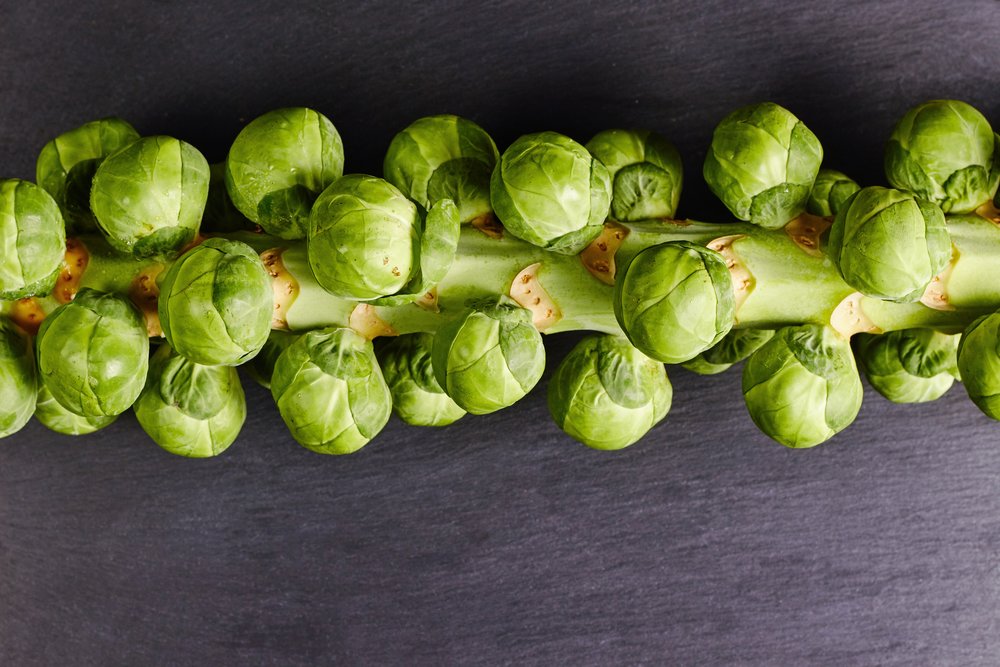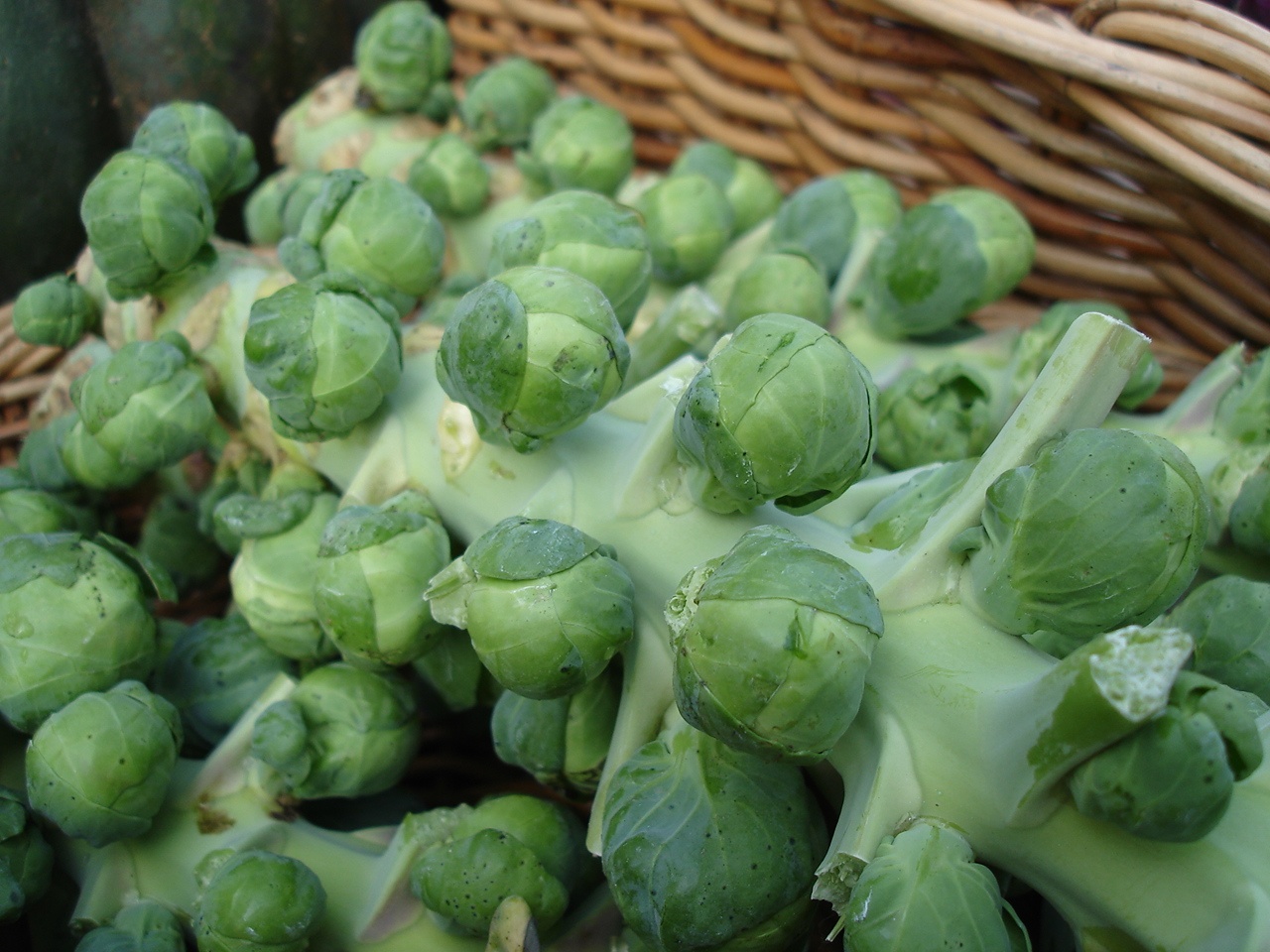
Flip them over, cut-side down and lift any outer loose leaves, brushing the inner leaves with the mixture and all over the outside of each half. Pour a quarter or so of the mixture over the cut side of each half, allowing the liquid to seep in between the layers of leaves. In a small bowl, mix together vinegar, sugar, salt and olive oil. Place each half cut side up on a lined baking sheet.

The recipe below is just a baseline for roasting how you choose the finish the roasted leaves us totally up to you! I used a bunch of fresh herbs I had leftover in the fridge to make a pesto, drizzled with extra vinegar, some shaved parmesan and additional fresh herbs. If you are growing your own Brussels sprouts or find the heads locally, try this method of roasting and treating it like one giant Brussels sprout. The head of Brussels sprout leaves create that partnership perfectly. To me, the best roasted sprouts are when the outer leaves get crispy but the inner core is tender and sweet. I love the small sprouts, but I definitely think the head of leaves is where the magic is. As the stalk grows, the leaves form a head at the top, much like a very loose head of cabbage or one giant Brussels sprout.

But what you may be even less familiar with or just walked by dismissing it as cabbage, is the top of the Brussels sprouts stalk. The leaves can be used in the same ways as kale, cabbage or collard greens by sautéing, shredding into salads or adding to green smoothies. They aren't typically found in conventional grocery stores, but they are popping up around farmers markets or you may have them in your own garden. The leaves are edible and just as tasty as the sprouts.

Brussels sprouts in all forms are covering restaurant menus and Pinterest pages these days, but often overlooked are the large leaves that shelter the tiny sprouts as they grow (if you're unfamiliar with how Brussels sprouts grow, check this out).


 0 kommentar(er)
0 kommentar(er)
